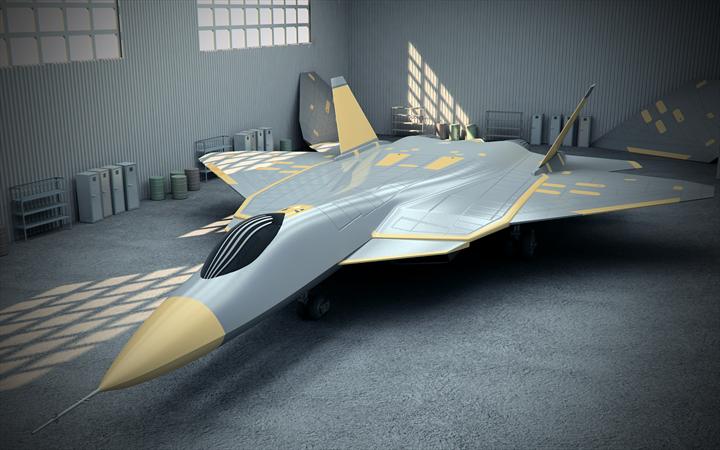It was reported in The Diplomat on the 9th of May, 2017 that: “India and Russia may be close to signing a detailed work-sharing agreement for the co-development and production of the Sukhoi/HAL Fifth Generation Fighter Aircraft (FGFA), known in India as the Perspective Multi-role Fighter (PMF), according to Indian media reports”. Sources from The Economic Times were quoted as saying that the signing between Russia and India would take place in the second half of this year.
Comment:
The co-development of a 5th generation fighter plane is strategically significant for Asian security. The plane will be based upon Russia’s latest fighter with advanced stealth capabilities, which is coming into service in “the Russian Aerospace Defense Forces by next year” with plans to “equip the air force with about 55 T-50 fighters by 2020, with mass production beginning after that”, according to a report in Sputnik on the 3rd of May, which also announced that it would be armed with a new Kh-35UE tactical cruise missile called the ‘ship-slayer’.
Viktor N Kladov, Director of International Cooperation at Rostec was quoted by The Economic Times on the 16th of February saying: “The Indian FGFA is not a copy cat of the T 50, it will be a new aircraft that will also have some technologies from the T 50.” Such a partnership between the Russian and Indian defense industries would give a boost to India’s military industrial capabilities that would help it secure US interests by competing more effectively against Chinese expansion in the region, while the new aircraft itself will contain cutting edge technology that could specifically target China’s recent attempts to expand the capability of its navy.
Jane’s Defence Weekly reported on the 13th of February, 2017 that India carried out a “successful ‘maiden’ operational firing” of a “Russian-built Kh-35 radar-guided anti-ship missile against a target ship in a demonstration of its long-range sea denial capability.” This missile test along with development of a new 5th generation stealth fighter does not greatly threaten US technologies, but threatens to be a significant threat to China’s navy. China’s first home-built aircraft carrier was launched on the 26th of April.
Dr. Abdullah Robin


After we establish the Islamistan Саliрhate, of course we should create high-tech military-industrial complex to keep up with these superpowers. However at the same time, this is a very expensive and skills-intensive endeavour that won’t be easy or guaranteed to outdo our rivals, so the Са1iрhate should also create and maintain a low-tech military industrial complex (existing parallel to the high-tech military industrial complex) that will manufacture cheap and relatively simple weapons that can easily be home-made and easy-to-learn (similar to what many mus1im militant groups have already done), so that we can retain a capacity for guerrilla warfare that can counter any conventional or technical superiority that potential enemies may have which we were unable to militarily match, and to compensate for any shortcomings of the conventional military.